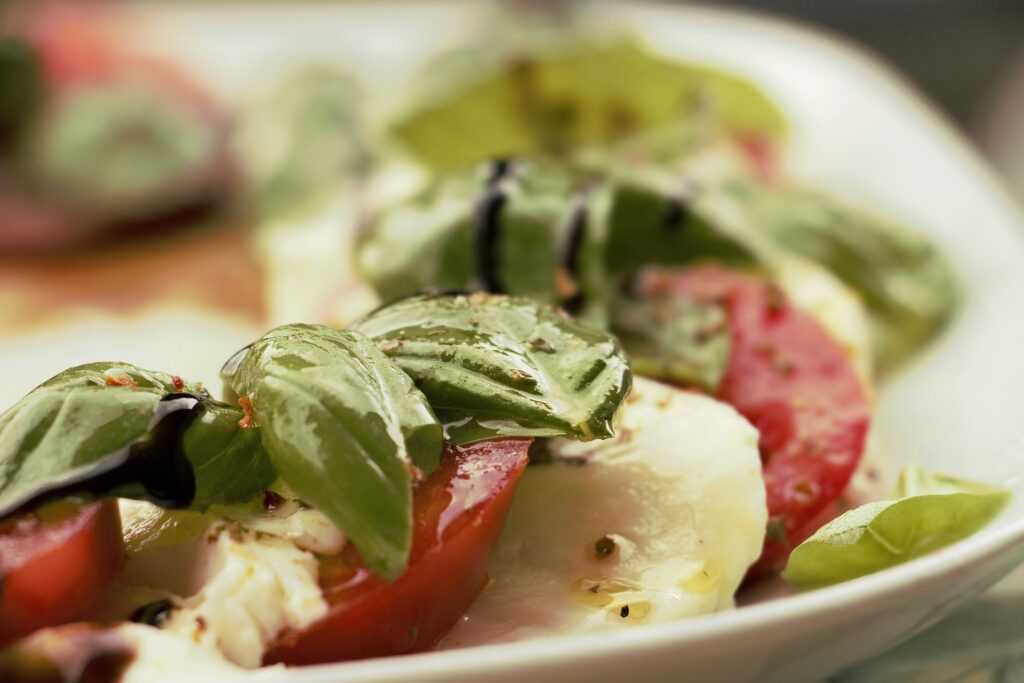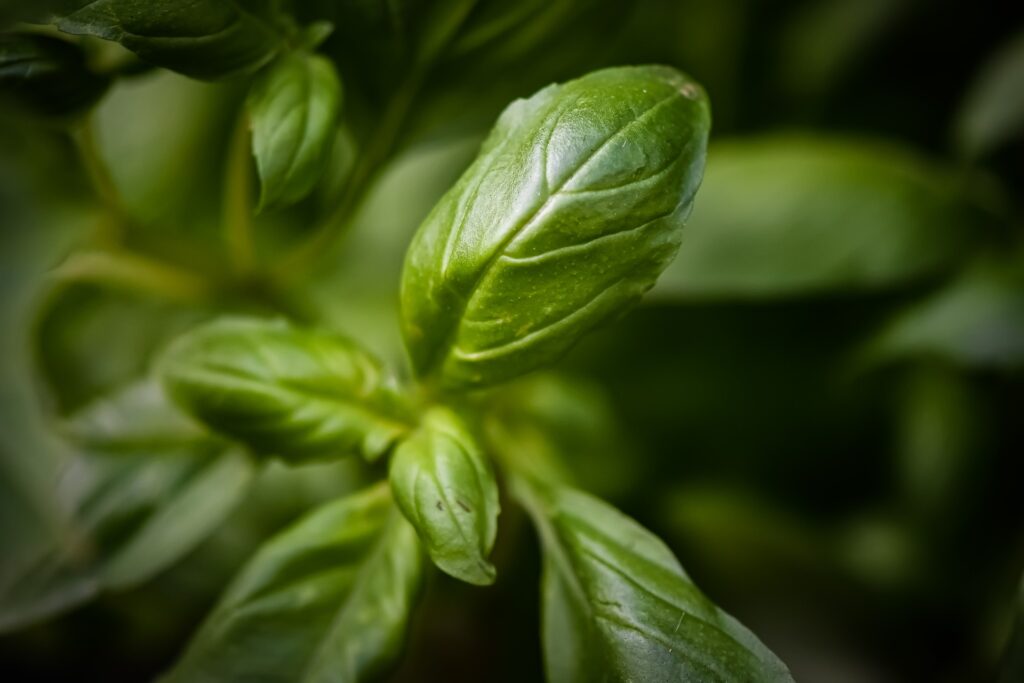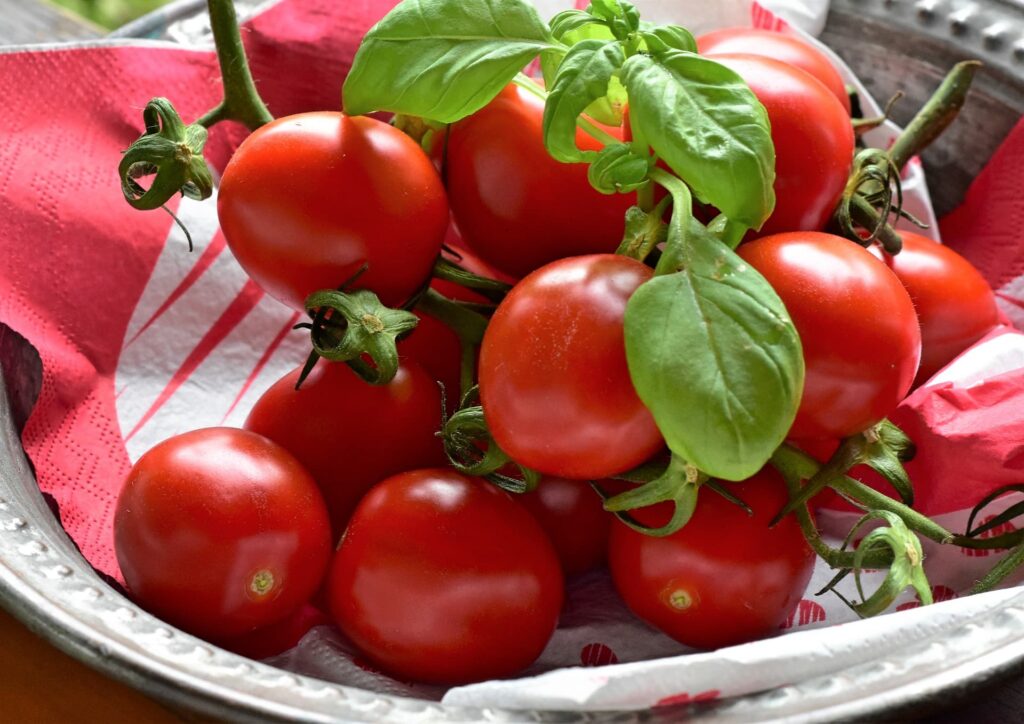Basil: King of the plant world

Unrivalled aroma and an all-rounder for health
Tomato and mozzarella salad? Spaghetti al pesto? Both these dishes would be missing something without basil! And why’s that? It’s because basil’s incomparable aromas and its fresh scent give dishes that special taste and freshness. But that’s not the only reason why Jardin Suisse has chosen basil for its “Plant of the Year 2021” award. Basil is also greatly in demand due to its health benefits. These include a positive effect on complaints such as stress and mood swings, loss of appetite, inflammation, digestive problems, migraines and sleep disorders – to name but a few. Basil is a true king when it comes to its taste and impact, which is perhaps why its name derives from the Greek “basileus”, which means king.
Fresh basil tastes and works best
Gourmets all agree that basil should only be used as a fresh herb, since many of its qualities are lost when it is dried – especially its large number of aromatic substances. This king of the herbs also loses much of its taste when cooked. For hot dishes, you should only add the aromatic plant right at the end, just prior to serving. The advantage of using basil from your local farm is that it is freshly picked and contains countless nutrients and aroma substances that have not been lost by being transported over long distances. The seeds are sown in May and harvesting is possible after about two months. Whether for a salad or a main dish – no basil tastes better than basil straight from the farm, and you can see and smell that immediately.


Food pairing
One current trend is “food pairing” with basil – seeing which tastes can be combined to create a new aroma experience. This frequently leads to surprising combinations. It turns out that the aromatic, full-flavoured herb can also be paired with sweet ingredients to make exciting desserts. It’s worth giving it a try!
Basil blossoms
Most basil species and varieties are grown in the field as annual plants, since overwintering proves difficult. If the plants are not constantly trimmed back, long panicles develop, with numerous small white or lilac-coloured flowers which attract plenty of visits from bees and other insects. The flowers can additionally be used as delightful edible decorations.








